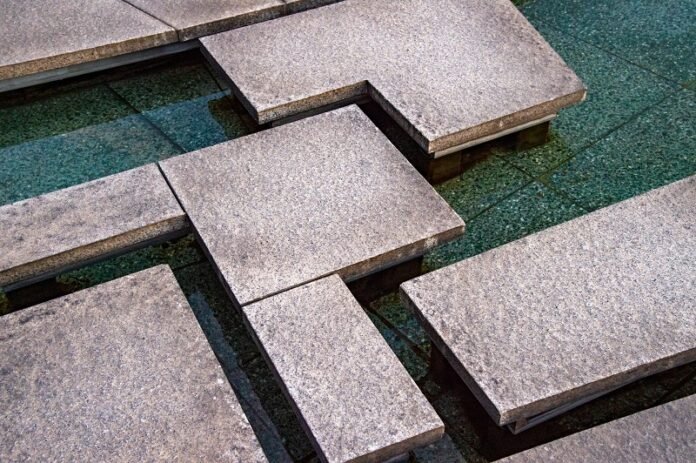Ever walked into a stylish coffee shop or modern townhouse and admired the floor’s unique hue, wondering what material it could be? Or have you flipped through a glossy design book and spied an element of colour bursting from an unexpected source, a kitchen countertop or bathroom wall perhaps? The chances are what you’ve seen is coloured concrete, one of the unsung heroes of innovative interior design. We all know about paint swatches and fabric samples, but how about exploring an entirely different palette? Welcome to the vibrant world of coloured concrete.
With its combination of practical durability and aesthetic flexibility, coloured concrete bursts onto the scene as the perfect solution for those seeking a touch of individuality and resilience in their interiors. While it may not be the first material that springs to mind when we discuss interior design, coloured concrete holds a myriad of artistic potential just waiting to be harnessed.
Are you ready to discover what coloured concrete can bring to your design space? Well, gather up your mood boards, and let’s explore the process, benefits and unexpected beauty that this material can bring to your home.
What Is Coloured Concrete?
Traditionally, concrete brings images of uninspiring, grey slabs. However, modern design advancements now allow for a broad spectrum of colours to be integrated into concrete itself. Coloured concrete is obtained by adding pigments to the concrete mix before it hardens, saturating it with the desired hue.
Once limited to garish reds or blues for children’s parks or play areas, the spectrum has now extended to subtle, sophisticated shades suitable for classy interior design. From soft pastels for a delicate touch to darker hues for a dramatic effect, coloured concrete expands the creative possibilities.
But it’s not just about the aesthetic. Coloured concrete also brings practical benefits to the table.
Why Coloured Concrete?
Versatile, durable, and easy to maintain, coloured concrete provides a perfect balance of aesthetics and functionality. It’s resistant to wear and tear, making it a cost-effective option for high-traffic areas, while its non-absorbent nature makes it an excellent choice for kitchen counters or bathroom walls.
The colour uniformity achieved through pigment dispersion helps conceal any potential stains, rounding up its practical value.
The Artistic Process of Creating Coloured Concrete
Creating coloured concrete is both a science and an art form. While exact measures and techniques maintain the integrity of the substance, the choice of colours and the mixing process allow for exciting design innovations.
Precision with pigments, understanding the interaction with concrete mix, and considering how natural light reflects on different colours, all become crucial factors in crafting the perfect coloured concrete for your space.
Pros Of Using Coloured Concrete In Interior Design
Coloured concrete brings an earthy, organic aesthetic to a space, offering an unusual yet stunning material choice. It adds texture and character, complimenting both minimalist and maximalist design styles.
Concrete has an incredible quality of heat retention, making it a natural insulator. This, combined with its durability and easy maintenance, makes coloured concrete a remarkable design element.
Cons Of Using Coloured Concrete In Interior Design
While coloured concrete offers many benefits, it is not without its drawbacks. It can be somewhat cold underfoot in winter months and prone to chipping if not sealed correctly. Its heavy nature also requires strong foundation support, which may not always be realistic in certain architectural structures.
The Future Of Coloured Concrete In Interior Design
The use of coloured concrete in interior design is expected to gain momentum in the future due to its eco-friendly properties. With the built environment moving towards sustainability, repurposing materials like concrete, especially coloured ones, will become increasingly important.
Conclusion
Using coloured concrete in interior design challenges the norms, merging rugged durability with aesthetic flexibility. As we lean into a future filled with creative materials recycling, coloured concrete stands out as a sturdy contender with untapped potential. Yes, it may require a little extra planning and care, but the results will surely create an unmatched, custom, and environmentally-friendly space that will stand the test of time.








